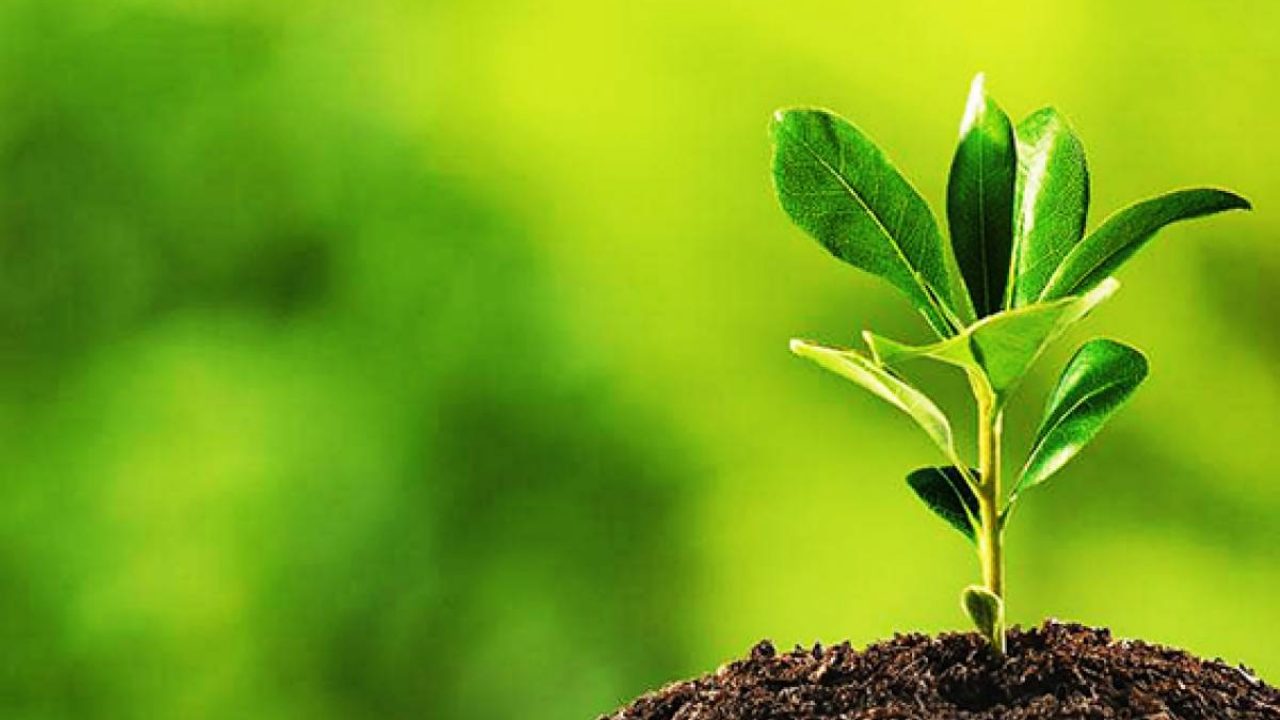ghazi52
Think Tank Analyst
- Mar 21, 2007
- 114,475
- 165,410
- Country of Origin

- Country of Residence

- Thread starter
- #46
The month of Srawan is starting from July. I have heard from the elders that in Srawan, even dry wood is planted in the ground, it turns green. That is, the month of Sawan is the most suitable time to plant trees and pens. So prepare for planting trees.
Start to control the rising temperatures. The neem tree in trees has the strength to withstand heat up to 55 degrees and cold up to 10-degrees.
A twelve foot tree produces a trunk equivalent to 3 air conditioners. The neem tree emits oxygen even at night
Trees are life.
Trees are a valuable asset.
The price of Neem plant will be from 50 to 100 rupees. Apart from this, the trees of Bakain, Jamin, Sesham, Kitchenar, People, Popular, Pulkan, Mango, Guava etc. also produce coolness.
Firstly, they are environment friendly.
.. plant trees. Save the lives ..




